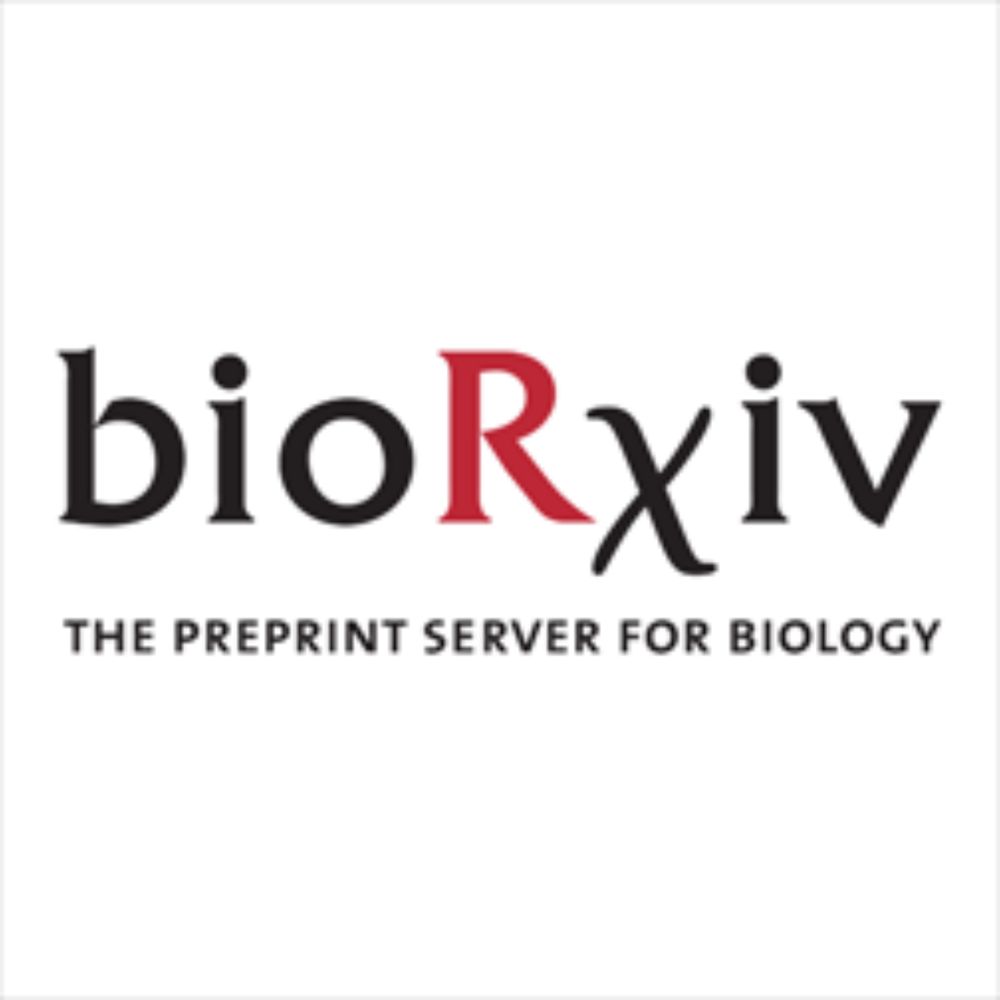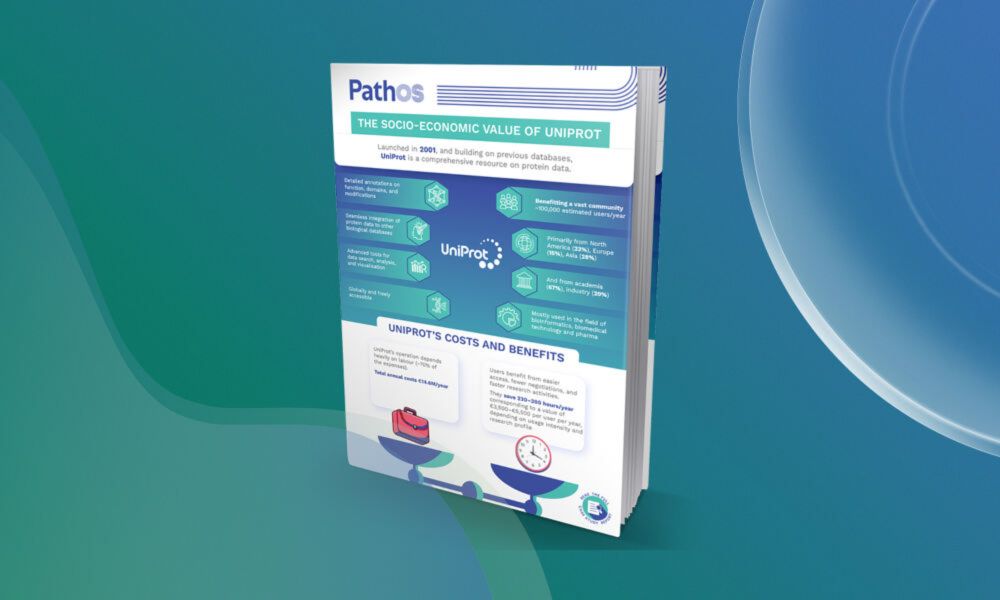
New paper: Hepatic ceramide synthesis links systemic inflammation to organelle dysfunction in cancer
Liu, Miao, Wang, Ezequiel, Kim, Zhang, Sun, Binari, Asara, Yanhui Hu, Goncalves, Janowitz, Perrimon
doi: doi.org/10.1101/2025...
@ahramkim.bsky.social

New paper: Hepatic ceramide synthesis links systemic inflammation to organelle dysfunction in cancer
Liu, Miao, Wang, Ezequiel, Kim, Zhang, Sun, Binari, Asara, Yanhui Hu, Goncalves, Janowitz, Perrimon
doi: doi.org/10.1101/2025...

New paper: A Structure-Guided Kinase-Transcription Factor Interactome Atlas Reveals Docking Landscapes of the Kinome
Kim, Huang, Johnson, Yaron-Barir, Keven Wang, Cantley, Hu, Perrimon
bioRxiv 2025.10.10.681672; doi: doi.org/10.1101/2025...

New research from Dana-Farber Cancer Institute
A new study in @cp-molcell.bsky.social by @danafarber.bsky.social’s Mikołaj Słabicki, PhD, Benjamin Ebert, MD, PhD, and Eric Fischer, PhD, reports a systematic screen of 9,000 zinc fingers revealing 38 new CRBN-recruited degrons, expanding the ZF proteome map to guide drug design. bit.ly/41XoG1Q
26.08.2025 14:30 — 👍 1 🔁 1 💬 0 📌 0
Dear Fly Community, In May 2025, the NIH terminated all grant funding to Harvard University, including the NHGRI grant that supported FlyBase. This grant also funded FlyBase teams at Indiana University (IU) and the University of Cambridge (UK), and as a result, their subawards were also canceled. The Cambridge team has secured support for one to two years through generous donations from the European fly community, emergency funding from the Wellcome Trust, and support from the University of Cambridge. At IU, funding has been secured for one year thanks to reserve funds from Thom Kaufman and a supplement from ORIP/NIH to the Bloomington Drosophila Stock Center (BDSC). Unfortunately, the situation at Harvard is far more critical. Harvard University had supported FlyBase staff since May but recently denied a request for extended bridge funding. As a result, all eight employees (four full-time and four part-time) were abruptly laid off, with termination dates ranging from August to mid-October depending on their positions. In addition, our curator at the University of New Mexico will leave her position at the end of August. This decision came as a shock, and we are urgently pursuing all possible funding options. To put the need into perspective: although FlyBase is free to use, it is not free to make. It takes large teams of people and millions of dollars a year to create FlyBase to support fly research (the last NHGRI grant supported us with more than 2 million USD per annum). To help sustain FlyBase operations, we have been reaching out to you to ask for your support. We have set up a donation site in Cambridge, UK, to which European labs have and can continue to contribute, and a new donation site at IU to which labs in the US and the rest of the world can contribute. We urge researchers to work with their grant administrators to contribute to FlyBase via these sites if at all possible, as more of the money will go to FlyBase. However, we appreciate that some fu…

https://wiki.flybase.org/wiki/FlyBase:Contribute_to_FlyBase Our immediate goals are: 1. To maintain core curation activities and keep the FlyBase website online 2. To complete integration with the Alliance of Genome Resources (The Alliance). Integration with the Alliance is essential for FlyBase’s long-term sustainability. For nearly a decade, NHGRI/NIH has supported the unification of Model Organism Databases (MODs) into the Alliance, which we aim to achieve by 2028. Therefore, securing bridge funding to sustain FlyBase over the next three years is crucial for successful integration and the long-term access to FlyBase data. At present, our remaining funds will allow us to keep the FlyBase website online for approximately one more year. Beyond that, its future is uncertain unless new funding is secured. We will, of course, continue pursuing additional grant opportunities as they arise. Given the uncertainty of future NIH or alternative funding sources, we are relying on the Fly community for support. Your contributions will directly help us retain the staff needed to complete this transition and to secure ongoing fly data curation into the Alliance beyond 2028. We at FlyBase are incredibly grateful for the outpouring of support from the community during this challenging time. Your encouragement has strengthened our resolve and underscores how vital this resource remains to Drosophila research worldwide. Sincerely, The FlyBase Team
The community of Drosophila researchers is amazing, mutually supportive and collaborative. Right now a key resource for our community, @flybase.bsky.social , is threatened by the cancellation of its NIH grant and is seeking community help in raising short term funds 1/n 🧪 please share
23.08.2025 12:18 — 👍 151 🔁 128 💬 1 📌 8FlyBase needs your help! We ask that European labs continue to contribute to Cambridge, UK FlyBase, whereas US and other non-European labs can contribute to US FlyBase. For more information and how to donate: wiki.flybase.org/wiki/FlyBase...
15.08.2025 12:45 — 👍 127 🔁 158 💬 3 📌 26
I’m thrilled to share a @biorxivpreprint for my postdoc work in the @PerrimonLab🎉. Together with our collaborators, we built a tissue-specific atlas of circulating secreted proteins in Drosophila 🧬🪰🧪🗺️.
Thread below🧵
1/8
www.biorxiv.org/content/10.1...

FlyPhoneDB2: A Computational Framework for Analyzing Cell-Cell Communication in Drosophila scRNA-seq Data Integrating AlphaFold-Multimer Predictions
www.csbj.org/article/S200...

New impact case study outlines the impressive economic & scientific value of UniProt - the world-leading open data resource for protein sequence & functional information.
Users save up to 219 hours per year, equivalent to net benefits of up to €5,475 per user.
www.ebi.ac.uk/about/news/a...

xTrimoPGLM: unified 100-billion-parameter pretrained transformer for deciphering the language of proteins
www.nature.com/articles/s41...

Far-red fluorescent genetically encoded calcium ion indicators
www.nature.com/articles/s41...

dFLASH; dual FLuorescent transcription factor activity sensor for histone integrated live-cell reporting and high-content screening
www.nature.com/articles/s41...